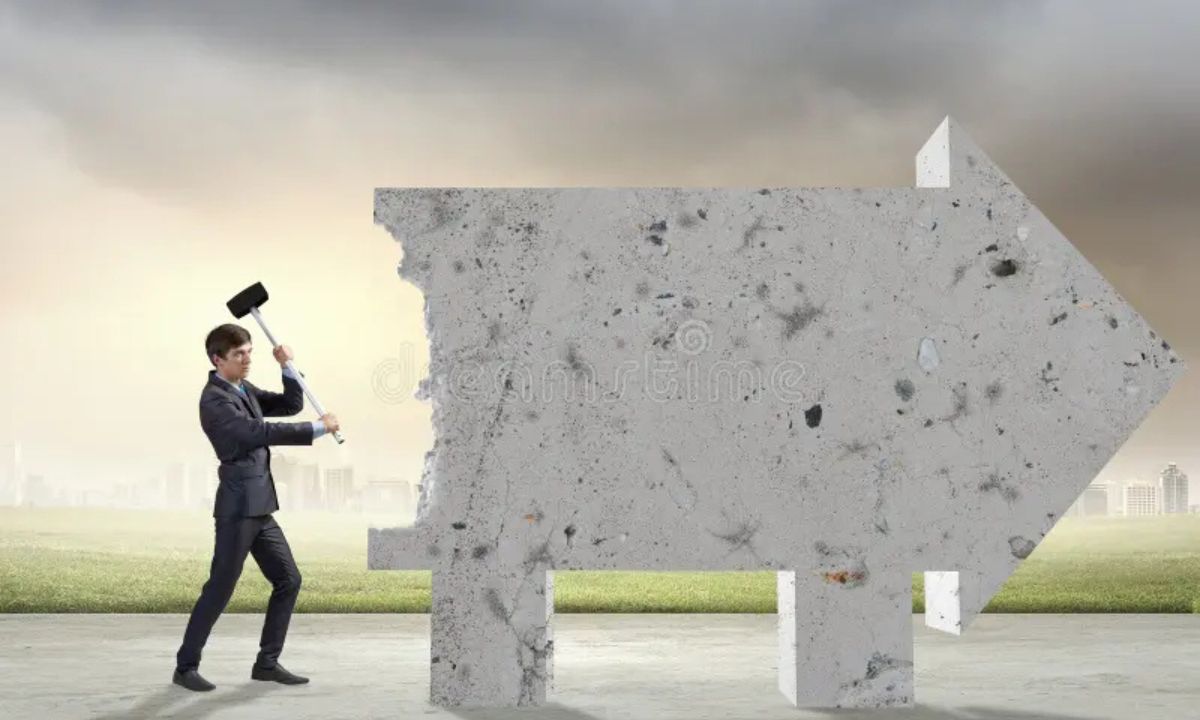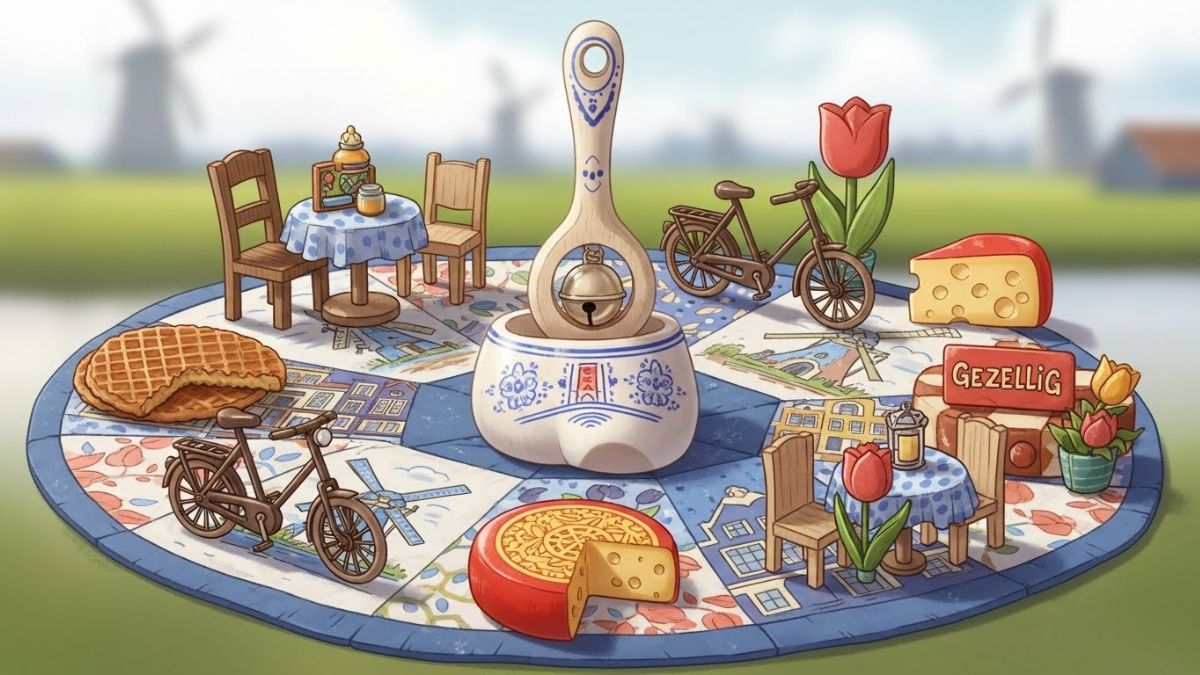Public spaces have long served as the heart of cities—places where people gather, express, protest, perform, and exist alongside one another. But the way we think about these shared environments is changing. Around the world, communities and movements are reclaiming public space not just as physical ground but as a symbol of inclusion, expression, and freedom.
From street murals and spontaneous art to sit-ins and grassroots festivals, global movements are pushing the boundaries of what public space means and who it belongs to. The message is clear: everyone deserves a place to stand, to be heard, and to belong.
The Evolution of Public Space
Historically, public spaces were primarily functional—marketplaces, plazas, and parks designed for rest, commerce, or civic announcements. Over time, they became more regulated. Laws were introduced to control how people could gather, protest, or even rest in these areas. In some cities, you could be penalized for sitting too long, sleeping in parks, or standing in certain zones.
But today’s movements are challenging these restrictions. They’re asking more profound questions: Who decides what’s acceptable in public? Why are some groups welcome while others are pushed out? What does “No Standing” really mean when applied to human rights and visibility?
Reclaiming Space with Purpose
Across the globe, communities are transforming public spaces into platforms for visibility and change. What was once an empty lot can become a community garden. An abandoned building wall becomes a mural that tells a story. A street corner turns into a dance floor or a protest ground.
At the heart of these efforts is an unspoken refusal to be invisible. No Standing International, for example, is a global network of artists and activists challenging the literal and symbolic restrictions placed on people in public places. Through performances, installations, and silent protests, they confront policies and perceptions that define who gets to occupy space and who doesn’t.
The name itself is powerful. “No Standing” isn’t just a sign for vehicles, it’s a statement that resonates with marginalized communities who’ve been told, in one way or another, that there’s no room for them. Groups like No Standing International flip the narrative by standing anyway, visibly and unapologetically.
Art as Protest, Presence as Power
Public art has become one of the most effective tools in redefining space. It’s immediate, inclusive, and often impossible to ignore. Whether it’s chalk drawings on sidewalks or massive street-wide murals, art allows people to take space without asking for permission.
In cities where gathering is restricted, even being present can be a form of protest sitting quietly on a bench, wearing a message on your shirt and holding a sign while standing still. These simple acts of presence force a confrontation with policies that aim to sanitize and silence them.
Movements across continents from the Americas to Europe and from Asia to Africa are utilizing these quiet yet powerful methods to demand visibility for issues such as racial justice, gender equality, climate action, and homelessness.
The Right to Belong in Public
Not all battles for public space involve art or protests. Some are about simply existing without being policed. People experiencing homelessness are often the first to be excluded from public areas under loitering laws or urban design choices meant to deter them, like anti-sleep benches or gated park areas.
When we ask who public space is really for, we often find uncomfortable truths. Those who don’t “fit the mould” are quietly pushed out. Yet these are usually the people most in need of a place to rest, connect, and feel seen.
The work of movements like No Standing International highlights these realities. By centering voices that are often excluded immigrants, artists, LGBTQ+ communities, and unhoused individuals they remind us that the right to public space is a matter of equity, not convenience.
What Redefining Space Means
Redefining public space isn’t just about redesigning cities or rewriting laws; it’s about reimagining the way we interact with our surroundings. It’s about shifting our collective mindset. It’s about recognizing that space is not neutral. It reflects values—who we protect, who we prioritize, and who we silence.
It also invites collaboration. When artists, organizers, neighbours, and city leaders collaborate, they can co-create spaces that are open, safe, and welcoming. This isn’t just about making places beautiful, it’s about making them just.
By rethinking how we use sidewalks, parks, plazas, and even forgotten alleys, we create more than physical access. We also build emotional and social access.
Standing Together for a More Inclusive Future
Public spaces should not be reserved for the privileged few. They should be places where the many can share, dream, resist, and heal. The rise of global movements reclaiming these spaces demonstrates that people are no longer willing to accept invisibility or exclusion.
Whether through art, activism, or everyday presence, they are roaring: we belong here.
The next time you walk past a vacant wall, a quiet bench, or a patch of unused land, ask yourself—what stories could live here? Who might feel welcome if it looked different? And what role can you play in helping reshape these places?
Because breaking barriers doesn’t always mean tearing something down; sometimes, it means simply showing up and standing where you were told not to. And in that small but mighty act, we begin to redefine the world around us.
ALSO READ: Skirting Types, Uses, and Benefits for Every Space











